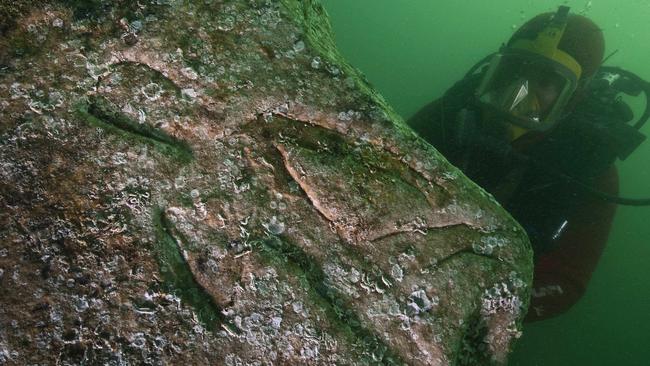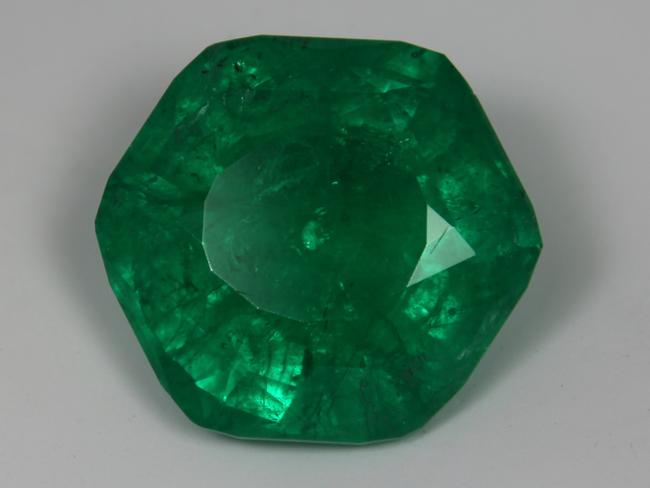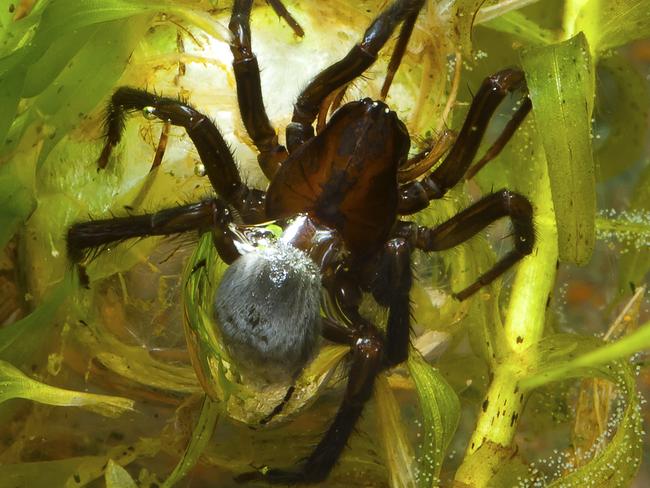Ten of the weirdest things found on the bottom of the ocean
FROM the first ever computer to Cleopatra’s lost city, these are some of the strangest things explorers have found at the bottom of the ocean.

Travel News
Don't miss out on the headlines from Travel News. Followed categories will be added to My News.
EARTH is dominated by the oceans that cover 71 per cent of its surface but what lurks below all this water?
Experts estimate that we have explored less than five per cent of our underwater worlds leaving 95 per cent of untapped deep blue sea.
What riches could be buried beneath these tides? The Lost City of Atlantis? The remains of majestic sunken ships? At the very least we should expect to uncover a number of missing shopping trolleys.
As well as the many mysteries yet to be solved, exploration of the seas has led to the discovery some unexpected treasures, The Sun reports.
Here is a list of some of the weird, wonderful and even supernatural things recovered from our ocean beds.
1. THE ORIGINAL COMPUTER

Discovered by sponge divers in the 1900s, this intriguing item was retrieved from the underwater wreckage of a ship in Greece.
Reported to have been built in the 2nd century, the Antikythera Mechanism has been dubbed “the first computer” as it is thought it was used to track the movements of the planets.
2. APOLLO 11 ENGINES

In 2013 components of two F-1 rocket engines from Apollo 11 were unearthed by none other than Amazon’s boss Jeff Bezos.
Part of the spaceships which had taken astronauts to the moon for the first time, they had been lying at the bottom of the ocean since 1969.
3. THE ‘NEW STONEHENGE’ IN THE BALTIC

Spotted by a Swedish diving group, this unidentified object was discovered in 2012 laying at the bottom of the Baltic Sea.
The circular anomaly is yet to be identified, with its origins and functions unknown.
Some are calling it “the new Stonehenge”, while others have suggested the alien object could have come from outer space due to its likeness to Star Wars’ Millennium Falcon.
4. CLEOPATRA’S LOST CITY OF ALEXANDRIA

Hidden for 1600 years, experts had all but given up on finding Cleopatra’s Alexandria until 1988 when archaeologists finally uncovered parts of the city.
In order to preserve the sphinxes and temples in their original positions Egypt is planning on building the world’s first underwater museum.
5. MYSTIFYING CIRCULAR STONE

In 2003 scientists discovered a round structure weighing nearly 60,000 tonnes in the Sea of Galilee.
The structure, made up of basalt rocks, is twice the size of Stonehenge and is like nothing else discovered on earth.
The object’s function and formation date are not known but archaeologists have suggested it could be an ancient communal burial site.
6. LOST ANCIENT CITY OF HERACLEION

Another Egyptian wonder drowned beneath the Mediterranean, the city of Heracleion vanished 1200 years ago.
Around 46m underwater, archaeologists have discovered gold coins, five-metre statues and the remains of 64 ships in the submerged city.
Intriguingly, despite years of excavation and research scientists are yet to establish what caused it to sink in the first place.
7. DOOMED EMERALDS OF JAY MISCOVICH

Amateur diver and treasure hunter Jay Miscovich stumbled across the find of his life when he discovered emeralds worth millions in the Gulf off Florida.
Rather than using the jewels to retire and spend the rest of his life buying happiness, Jay became tied up in a court battle where custody of the gems was contested.
Unable to sell the emeralds and reportedly with mounting debt, Jay committed suicide.
To this day it is not known where the stones came from.
8. INDIA’S SUNKEN CITY

The submerged city in the Gulf of Cambay (Gulf of Khambhat), India, was discovered in 2002.
Dated at a whopping 9500 years old, the city suggests that life might be more ancient than some historians had previously thought.
Strangely, among the findings were intact human remains.
9. LIFE EXISTS AGAINST THE ODDS

In the deepest depths of the oceans in the most inhabitable of environments, scientists have discovered living microbes.
The unlikely organisms have been dated back to the Jurassic period back when dinosaurs still roamed the earth.
These plucky microbes were found to have been alive for the past 86 million years despite having barely enough oxygen and no fresh food supply.
10. DEEP-SEA DIVING SPIDERS

Incy wincy isn’t just lurking in the corners of your garden shed.
The eight legged creepy-crawlies can also be found swimming around underwater.
The Diving Bell spider can fill its sub-aqua webs with oxygen so it can live underwater, only coming up for air after many hours.
This article originally appeared on The Sun and was reproduced with permission.
Originally published as Ten of the weirdest things found on the bottom of the ocean
